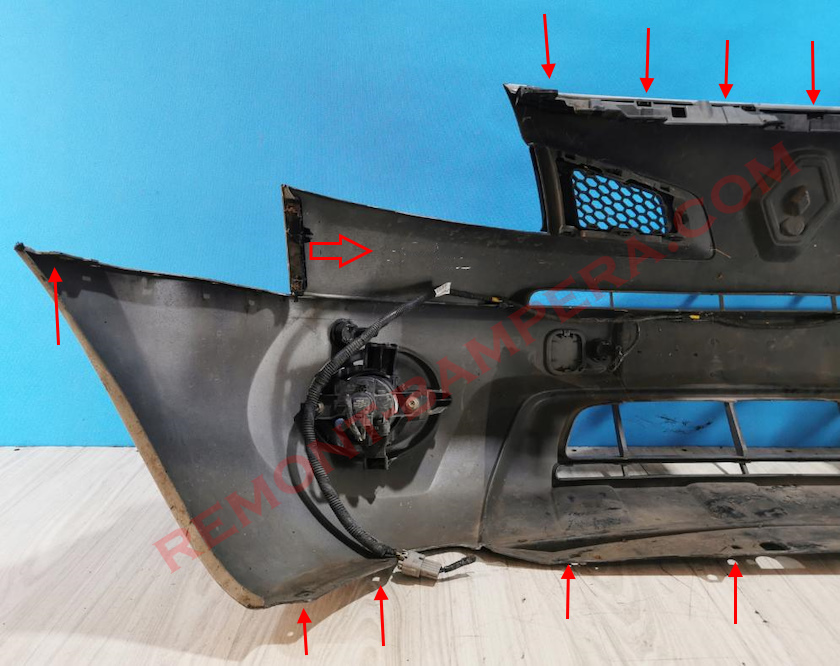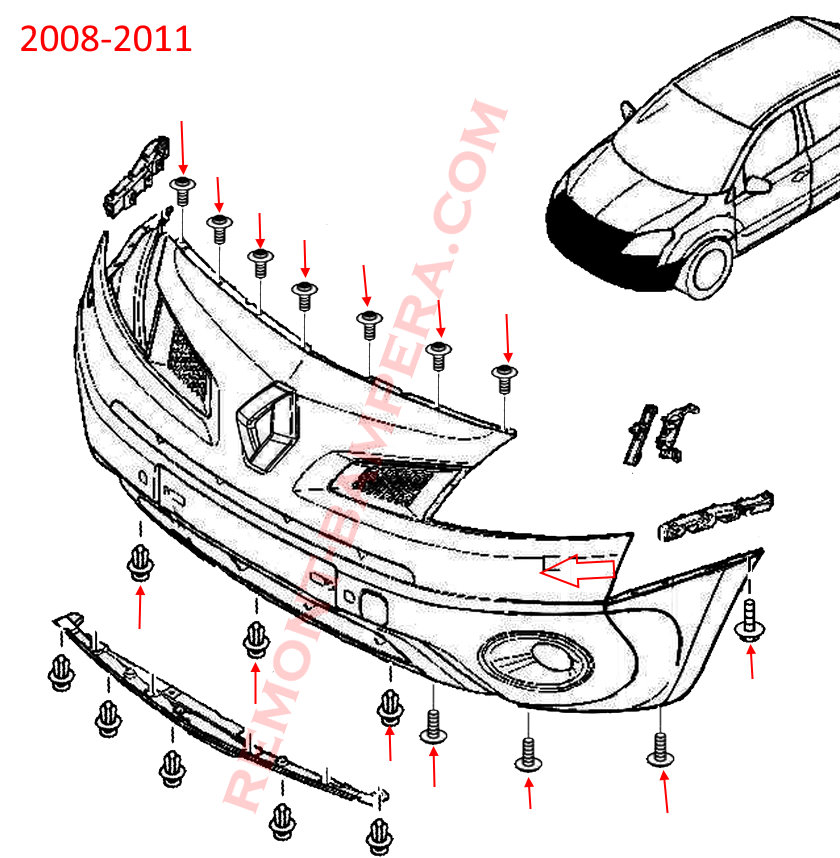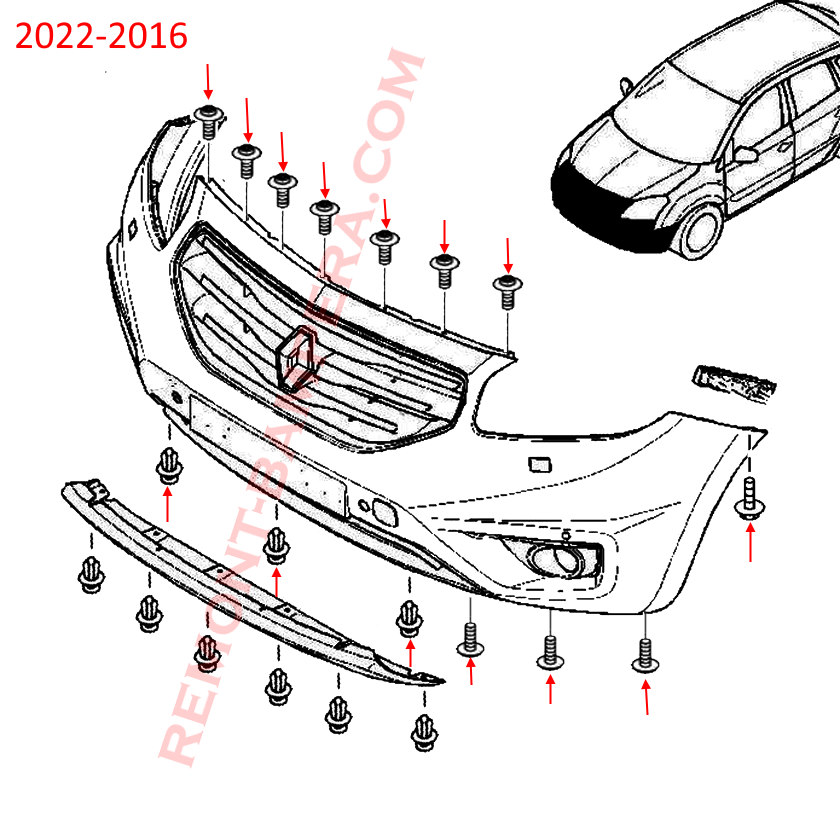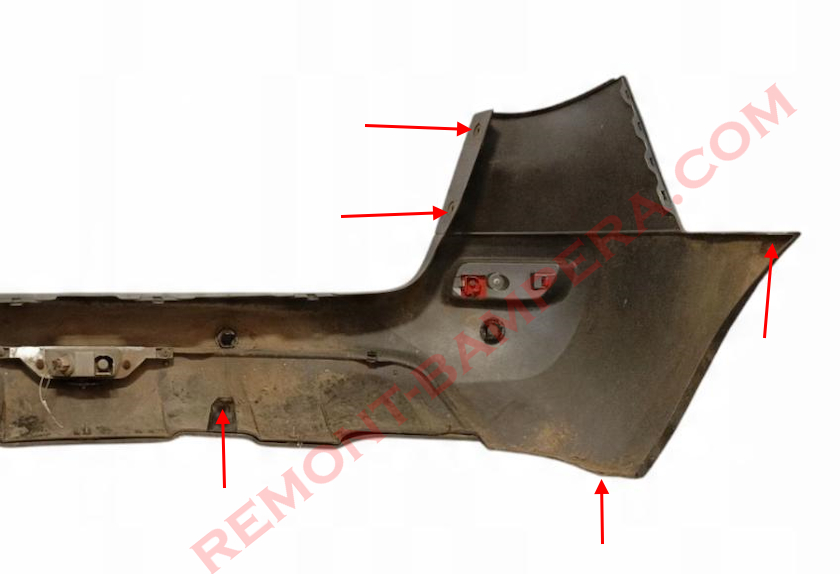Production Years and Facelift
The first-generation Renault Koleos debuted in 2007 at the Geneva Motor Show. Production began in 2008, and in 2011, the model underwent a minor facelift that affected the exterior and interior. The Koleos I was produced until 2016, after which it was replaced by the second generation.
The car was developed in collaboration with Nissan and used the Nissan X-Trail (T31) platform, providing a reliable technical base. Assembly took place at plants in South Korea (Busan), and for the European market—in Spain (Valladolid).
Description and Model Codes
The Koleos I was positioned as a crossover with off-road ambitions. It offered a spacious interior, high seating, and optional all-wheel drive (front-wheel drive was standard).
Model codes:
- HY (2008–2011) — initial version.
- JY (2011–2016) — updated version after the facelift.
Engines:
- Petrol:
- 2.5L (171 HP, 226 Nm) — base engine.
- Diesel (for Europe):
- 2.0 dCi (150 HP, 320 Nm) — the most popular option.
- 1.5 dCi (110 HP, 240 Nm) — fuel-efficient version.
Transmission:
- 6-speed manual.
- 6-speed automatic (for all-wheel-drive versions).
Drivetrain:
- Front-wheel drive (4x2).
- Selectable all-wheel drive (4x4) with All Mode 4x4-i coupling (similar to Nissan X-Trail).
Bumper Plastic Marking: >PP+EPM-T15<
How to Remove the Front Bumper
- Lift and secure the hood.
- Under the hood, unscrew seven Torx screws (fastened top to bottom) securing the upper side of the front bumper.
- For the lower side:
- Remove three clips.
- Unscrew six bolts securing the fender liners (note: two may be hidden behind the bumper trim, which is held by five clips underneath).
- Turn the steering wheel to the side and free the fender liners from the bumper.
- Behind the fender liners, unscrew one bolt on each side (fastened bottom to top) securing the bumper corners to the fenders.
- Release the clips in the fenders:
- Grab the corner, lift slightly, and pull firmly toward yourself.
- In pre-facelift versions, release the metal fasteners in the fenders by pulling forward in the direction of travel.
- With an assistant, pull the bumper forward to remove it.
- Disconnect the electrical connectors.



How to Remove the Rear Bumper
- Lift the tailgate and open the lower part of the door.
- In the trunk opening, remove four clips securing the upper side of the rear bumper.
- On the lower side:
- Unscrew two bolts.
- Remove two clips (inserted bottom to top).
- In the wheel arches, unscrew one bolt on each side (fastened bottom to top) securing the bumper corners to the fenders.
- Release the clips in the fenders by pulling the corners toward yourself.
- With an assistant, pull the bumper backward to remove it, then disconnect the electrical connectors.


Interesting Facts
- Joint Development — The Koleos was created in partnership with Nissan and Mitsubishi (sharing a platform with the X-Trail and Outlander).
- Global Assembly — Besides South Korea and Spain, the model was also assembled in China for the local market.
- Unique Design — The front resembled the Renault Laguna II, while the rear echoed the Megane.
- Popularity in Russia — The Koleos I sold well due to its reliable suspension and adaptation to poor roads.
- 2011 Facelift — Brought a new grille, LED daytime running lights, a redesigned dashboard, and improved sound insulation.
Advantages of the Renault Koleos I
- Comfortable Interior — Spacious with quality materials (for its class). Rear passengers enjoy ample space even on long trips.
- Good Off-Road Capability — AWD versions handle light off-roading, and the ground clearance (206 mm) suits rough roads.
- Reliable Platform — Shared components with the Nissan X-Trail ensure durable suspension and drivetrain.
- Fuel-Efficient Diesels — The 2.0 dCi engine offers good fuel economy (~7L/100 km).
- Large Trunk — 450 liters, expandable to 1,380 liters with folded seats.
Disadvantages of the Model
- Weak Acceleration — The 2.5L petrol engine is sluggish, especially with the automatic transmission.
- Expensive Maintenance — Genuine parts are costly, and AWD repairs can be pricey.
- Electrical Issues — Some complaints about sensors and the onboard computer.
- Noisy Cabin — Wind and road noise are noticeable at high speeds.
- Outdated Design — Even after the facelift, the Koleos I looked conservative compared to rivals.
Conclusion
The first-generation Renault Koleos is a practical crossover with good off-road capability and a comfortable interior. It suits those who value reliability and space over sporty performance. The main drawbacks are the underpowered petrol engines and high maintenance costs. If choosing a Koleos I, the diesel AWD version is the most balanced option.

 English
English  Italiano
Italiano  Français
Français  русский
русский  Deutsch
Deutsch  Español
Español